How to Make Probiotic Ginger Beer – a naturally fermented probiotic drink that is packed with health benefits. This article includes a photo tutorial, information on secondary fermentation, flavoring your ginger beer, and troubleshooting when the process goes awry.
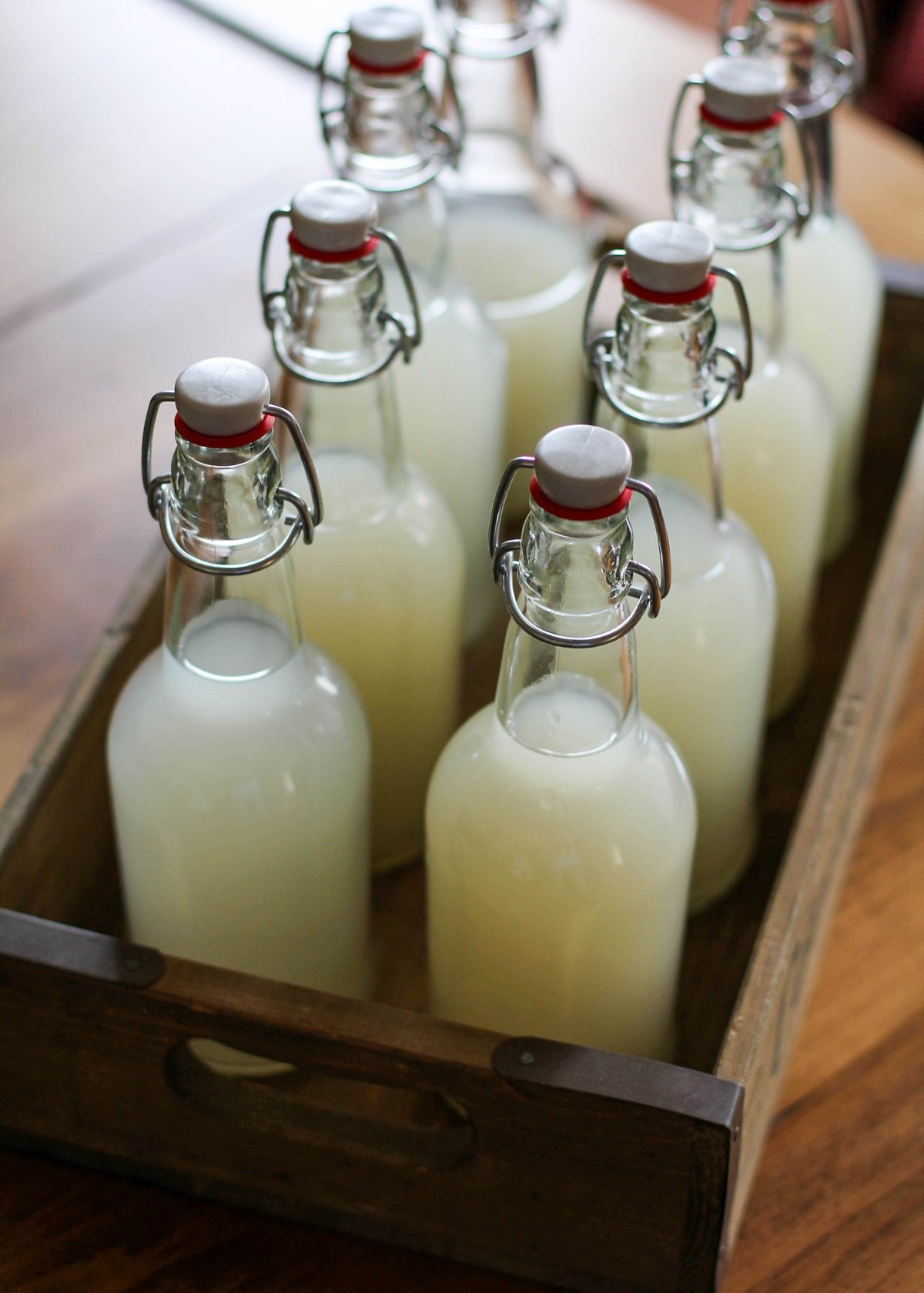
Disclaimer: brewing probiotic beverages at home can be risky. When fermenting probiotc foods and beverages, use caution. Always use sanitized tools and when in doubt, throw it out! If you notice any strange smells or mold, be sure to discard the whole batch.
Many moons ago, I wrote a cookbook called Delicious Probiotic Drinks. This cookbook is focused entirely on making probiotic-rich beverages such as kombucha, kefir, ginger beer, fermented vegetable juice, and more, at home.
My favorite of all the fermented beverages to make is ginger beer. First and foremost, it is magnificent tasting.
Secondly, it is CHALLENGING.
Perhaps the most challenging and unforgiving of all the fermented drinks.
And for that reason, the most rewarding.
For those of you who have been around this site for a long time, you may remember my easy tutorial on How to Make Ginger Beer.
This is the goof-proof method that works each and every time and does not require much time or attention.
This version of probiotic ginger beer is different. It involves preparing a “ginger bug” (or ginger starter) from scratch.
How does that work?
Probiotics and yeast are naturally occurring everywhere. They are in our fruit and vegetables and are also present in the air. Giving these probiotics and yeast optimal conditions to grow and reproduce results in fermentation.
You’re already familiar with this concept, as it is the same process for creating yogurt, cheese, beer, wine, pickles, prosciutto (and other fermented meats), etc.
Applying this idea to fresh ginger is how we create a ginger starter, which is then used to make ginger beer.
Don’t worry…I’ll go over how to make a ginger starter in excruciating detail later on in this post. First, let’s cover some basics.
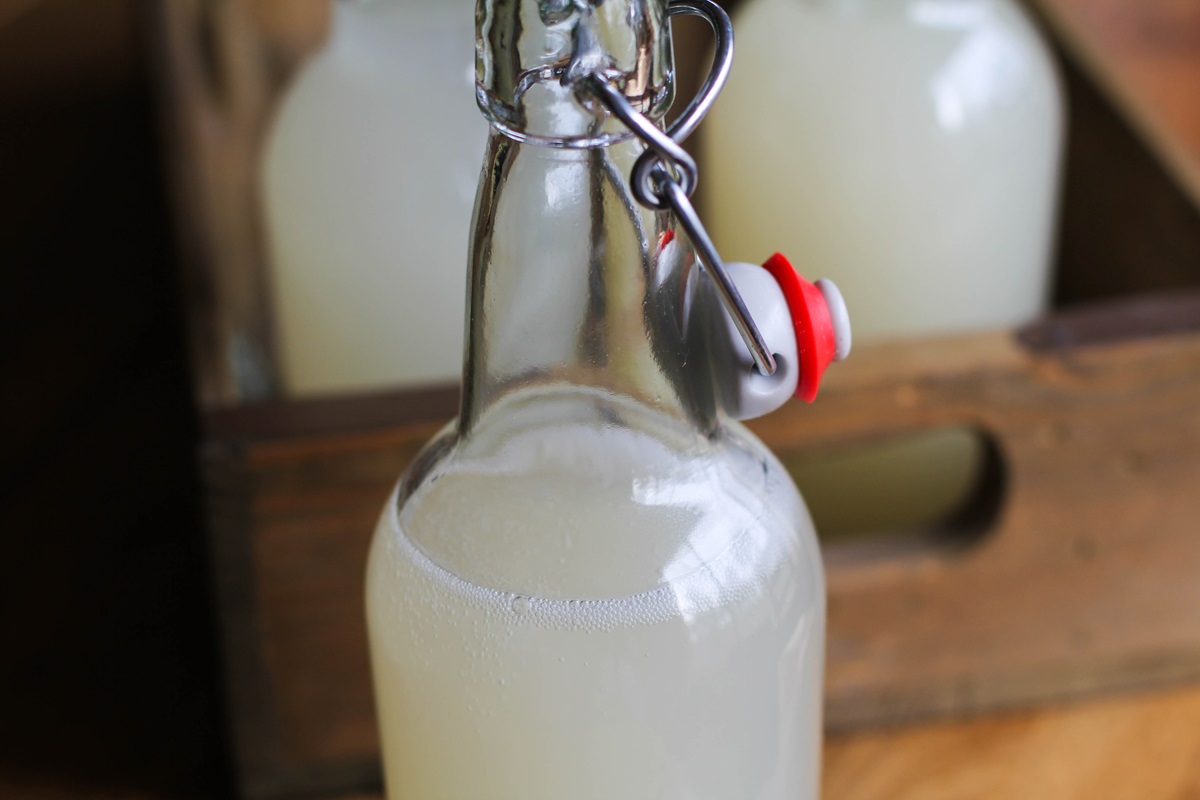
WHAT IS GINGER BEER?
Ginger beer is a naturally fizzy beverage with a sweet and spicy bite. Grated ginger is fermented in sugar water and lemon juice, allowing the natural yeasts in ginger to feed and multiply, creating a probiotic beverage.
While ginger beer is a sweet, spicy, delicious beverage all on its own, it is famous for its role in cocktails, particularly the Dark & Stormy cocktail, a mixture of ginger beer and rum, garnished with a slice of lime.
WHAT IS THE DIFFERENCE BETWEEN GINGER BEER AND GINGER ALE?
The phrases, “ginger beer” and “ginger ale” are typically used interchangeably, but there is a difference between the two beverages. Ginger beer is fermented for up to 2 or 3 weeks using a “ginger bug,” where ginger ale is more of a ginger flavored soda.
While there are ginger ale beverages made with real ginger, most ginger ales are simply carbonated water with ginger flavor and sugar. In this sense, ginger ale does not go through the same fermentation process that ginger beer does.
METHODS FOR MAKING GINGER BEER
There are multiple ways to make ginger beer. Here are three of the most common methods:
- Non-probiotic ginger soda/ale: For those who aren’t concerned about the probiotic benefit of fermented ginger beer, you can simply combine ginger simple syrup (made with ginger and sugar) with soda water and achieve a great-tasting homemade beverage. This version contains no probiotics and is basically fancy soda.
- Quick and Easy Ginger Beer with some probiotic benefits: This fast method uses bread yeast for fermentation and requires only two days to complete. For this version, read my blog post on How to Make Ginger Beer. This version is not as probiotic rich, but is still lower in sugar than regular soda.
- Authentic Probiotic Ginger Beer – a health elixir: The authentic method for making fermented ginger beer is outlined in this post. It uses a probiotic-rich “ginger bug” (or ginger starter) which you make yourself at home. Like most things in life, the authentic version takes much longer than the easy version, but also yields great results. This version can take between 2 and 3 weeks to complete.
HEALTH BENEFITS OF GINGER BEER
Fermented ginger beer has a great deal of health benefits and is commonly used to ease upset stomach, nausea or diarrhea.
Ginger is an anti-inflammatory, which can help with migraines, and studies show fresh ginger prevents and fights several types of cancer cells including breast, colon, ovarian, prostate, and lung cancer.
Ginger is also known for cleansing the body of toxic chemicals, easing menstrual cramps, and much more!
The probiotics and yeast that grow during the fermentation process help colonize your gut with good bacteria, which helps boost immunity, fight disease, and promotes overall health.
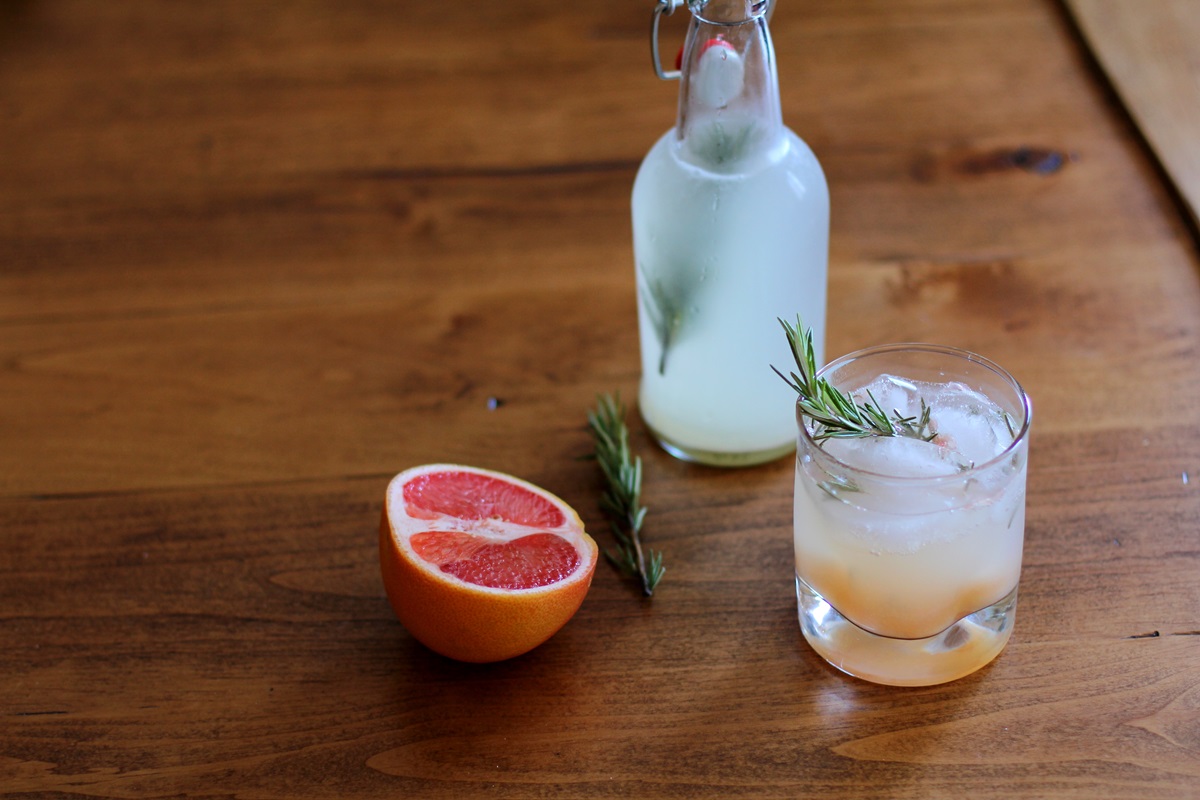
HOW TO MAKE FERMENTED PROBIOTIC GINGER BEER
Fermented probiotic ginger beer requires a three-step process.
Step 1: Make a “ginger bug” or starter using fresh ginger, water, sugar and lemon juice. This starter is used to brew a batch of ginger beer (Step 2). This can take 1 to 2 weeks to complete (depending on the temperature of your home and how active your culture decides to be).
Step 2: Brew a large batch of ginger beer using the “ginger bug.” You could compare this process to making a batch of sourdough bread dough using sourdough starter. This process takes about 1 to 3 weeks, depending on how active your ginger bug is and how warm your home is.
Step 3: Bottle the ginger beer and allow it to ferment further. Once the beverage becomes effervescent (fizzy/probiotic-rich), bottle it and allow it to sit for “secondary fermentation” (more on this below). This process takes about 2 to 5 days.
You Will Need:
- 1-quart glass jar or jug
- Cheesecloth
- Stretchy rubber band
- 1-gallon glass jug
- Flip-Cap Bottles
- Fresh ginger
- Organic Cane Sugar
- 2 to 4 Lemons
Ingredients for the “Ginger Bug:”
- 1-inch nub fresh ginger, peeled and grated, plus more for feeding the starter
- 1 tablespoon raw organic sugar, plus more for growing the starter
- 2 cups water
Instructions for the Ginger Bug / Ginger Starter:
Peel and grate a 1-inch nub of fresh ginger (about 1 tablespoon).
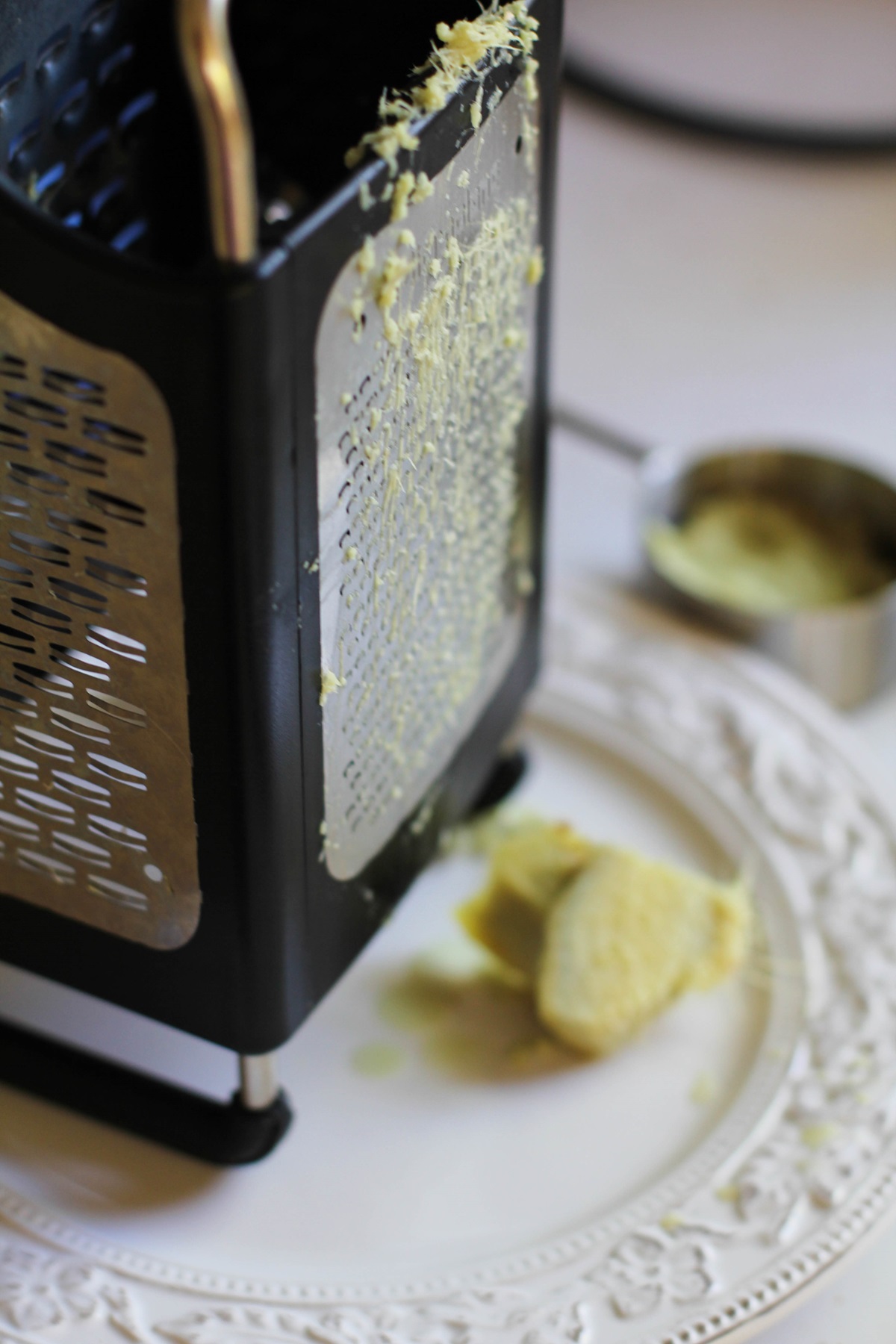
Add the grated ginger, 1 tablespoon of sugar, and two cups of filtered water or spring water (non-chlorinated) to the jar and stir (a 1-quart jar works great).
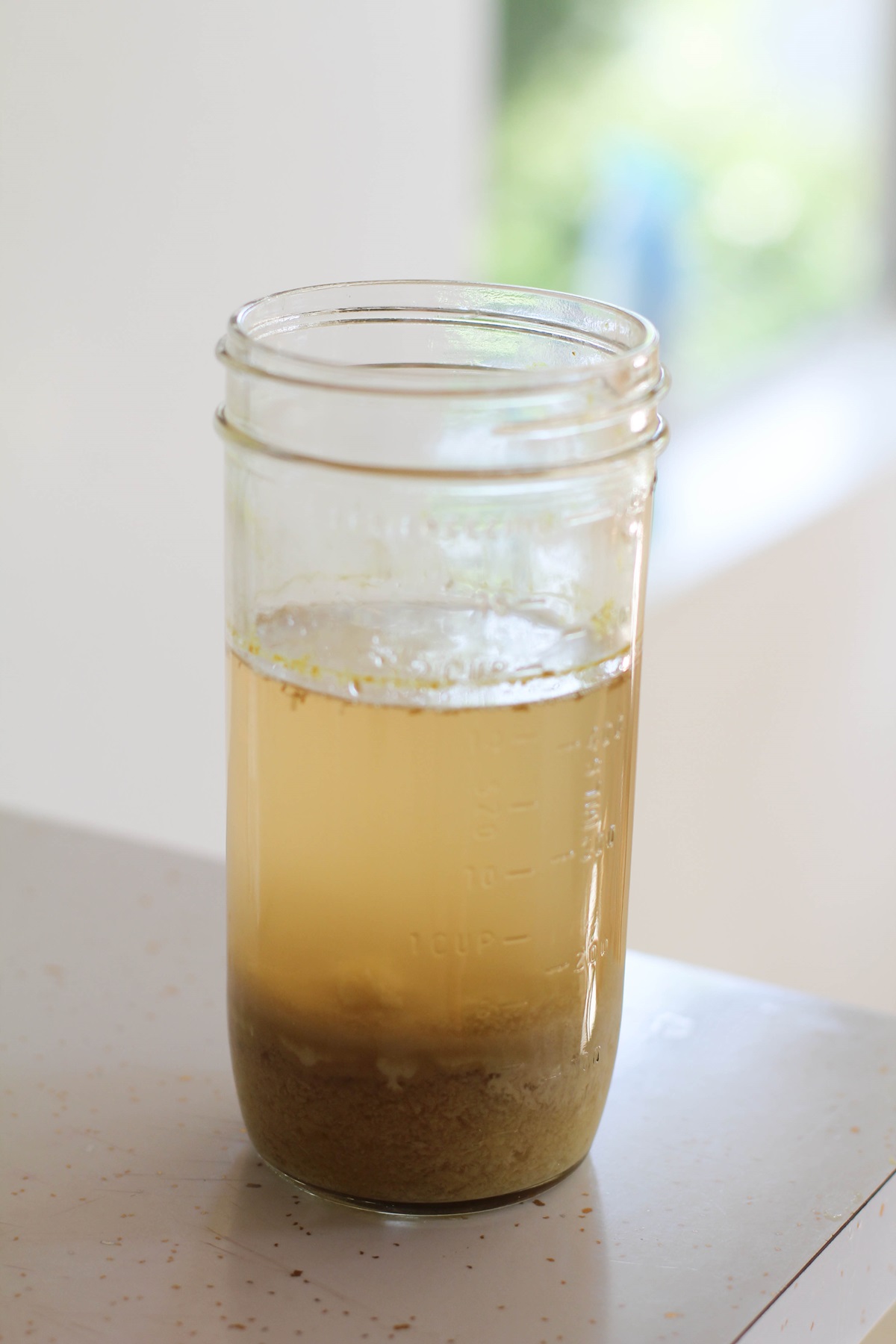
Cover the jar with a cheesecloth or towel. Secure the cloth around the jar with a rubber band. This keeps insects away from the starter.
Allow jar to sit in a warm, dark place for 24 hours. The optimal temperature for preparing the ginger starter and brewing ginger beer is between 70 and 85 degrees.
If your house stays cool, find the warmest spot in your home to place the ginger starter. This process activates the probiotics and yeast that are in the ginger and allows them to begin reproducing.
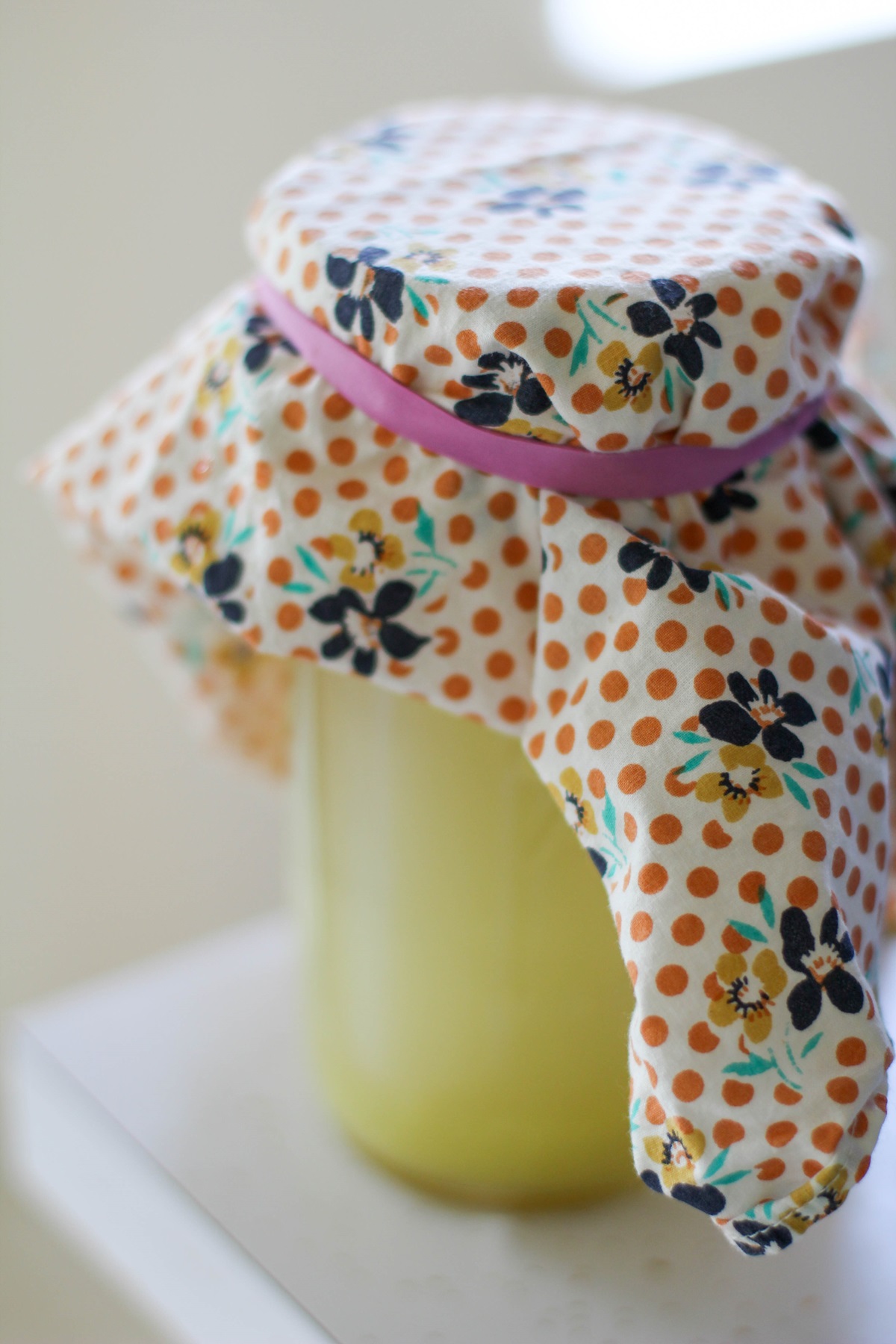
Feed the colony – Once a day for one week, add one teaspoon of sugar and one teaspoon of grated fresh ginger to the jar and stir well.
This ensures your ginger starter stays fed and grows, similar to sourdough starter. Stir a couple of times per day.
During this process, natural yeasts are released and create a white substance at the bottom of the jar. This is where the probiotics come from.
After about 3 to 5 days (perhaps longer if your house is very cold), the liquid will begin bubbling when you stir it. Once you can see and hear bubbles without touching the jar, your ginger bug is ready to be used. This will usually take 7 to 10 days in a warm (70 to 80 degrees F) house, but longer in a cool house.
To expedite the process, wrap the ginger starter jar in a heat blanket or an insulated blanket to keep it warm. If after 7 days, your ginger bug is still not bubbling, continue adding a teaspoon of sugar and ginger until it does. Have patience, friend!
In some cases, folks have gotten bubbles within only a few days of beginning their starter. While this is unusual, it is a sign the starter is ready! As soon as you see the bubbles rushing from the bottom to the top, you’re ready to go.
Use the liquid from ginger starter to make ginger beer (instructions below).
You can continue adding water, ginger, and sugar to the starter and to use it for multiple batches of ginger beer. In this sense, you can treat your ginger starter the same way one would treat sourdough starter and keep it alive.
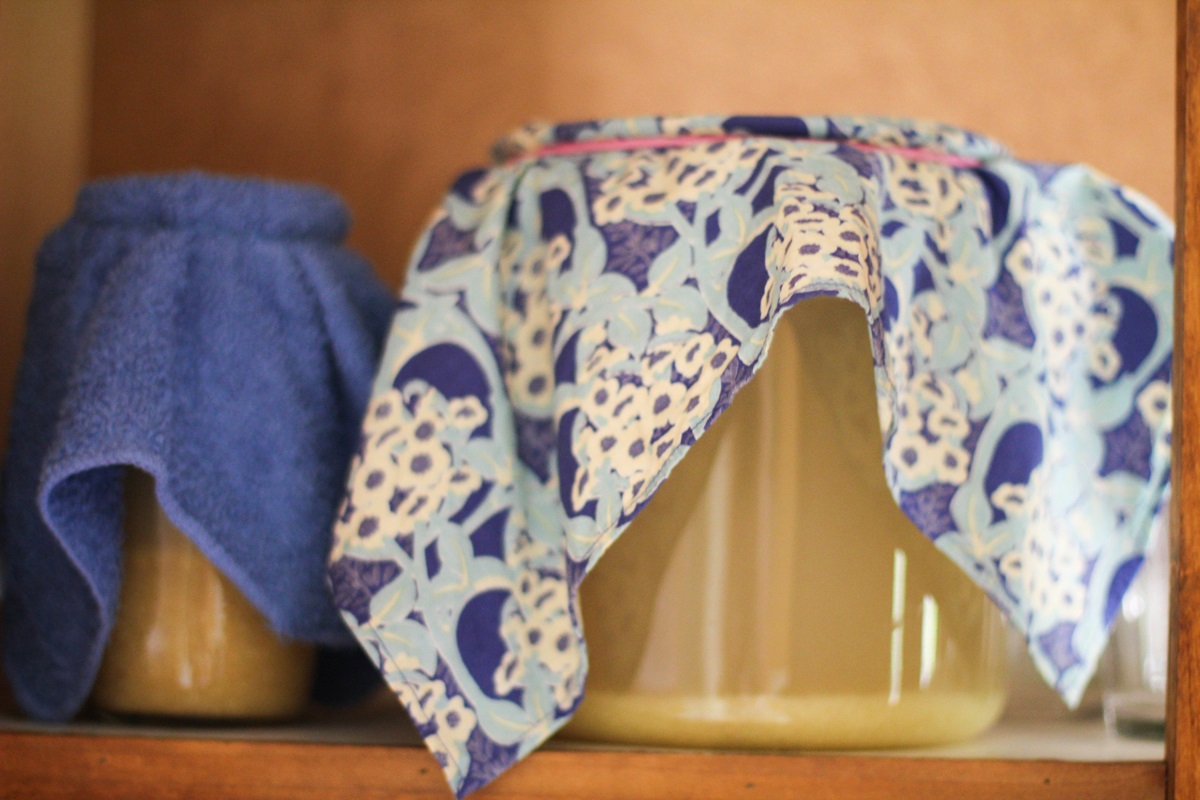
Note: If you ever see mold floating on top of the starter liquid, discard the starter and make a new one.
Ingredients for the Ginger Beer:
- 1 cup ginger starter (see above)
- 1 scant gallon of filtered spring or well water
- 1 1/4 cups organic cane sugar
- 1/2 cup fresh lemon juice
- 1/3 cup fresh ginger, grated
Instructions for 1 Gallon of Probiotic Ginger Beer:
Fill a gallon-sized jug most of the way up with spring or well water (do not use water from the tap unless your house runs on a well). This water should be room temperature or slightly warmer (aim for 70 to 80 degrees).
Add one cup the the ginger starter, along with 1 1/4 cups of sugar, 1/2 cup of lemon juice, and 1/3 cup of grated ginger. Stir very well.
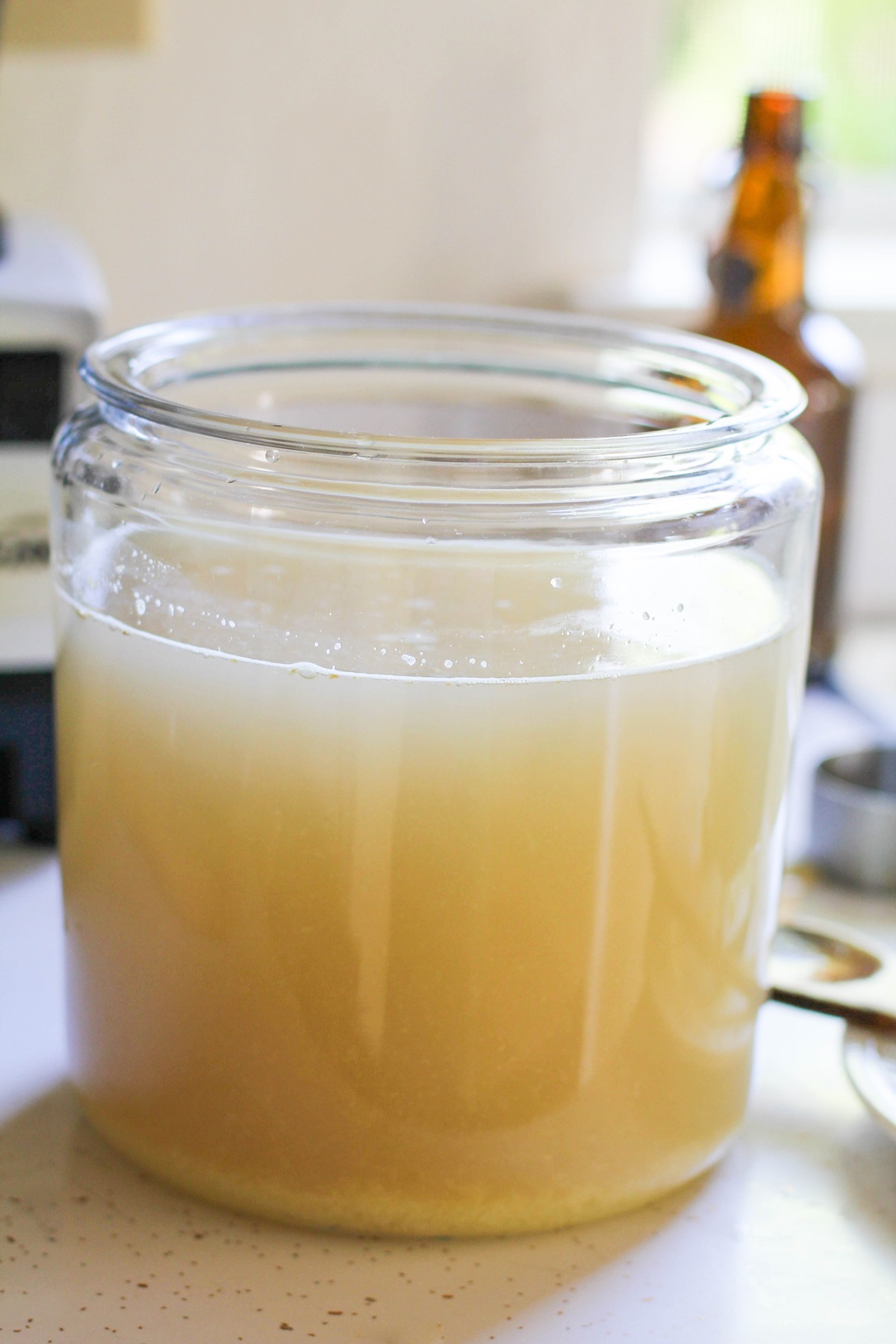
Cover the jug with a cheesecloth or towel bound by a rubber band and put it in a warm, dark place at room temperature for 8 to 10 days. Mine takes 8 days, even in a very warm (80⁰F +) house.
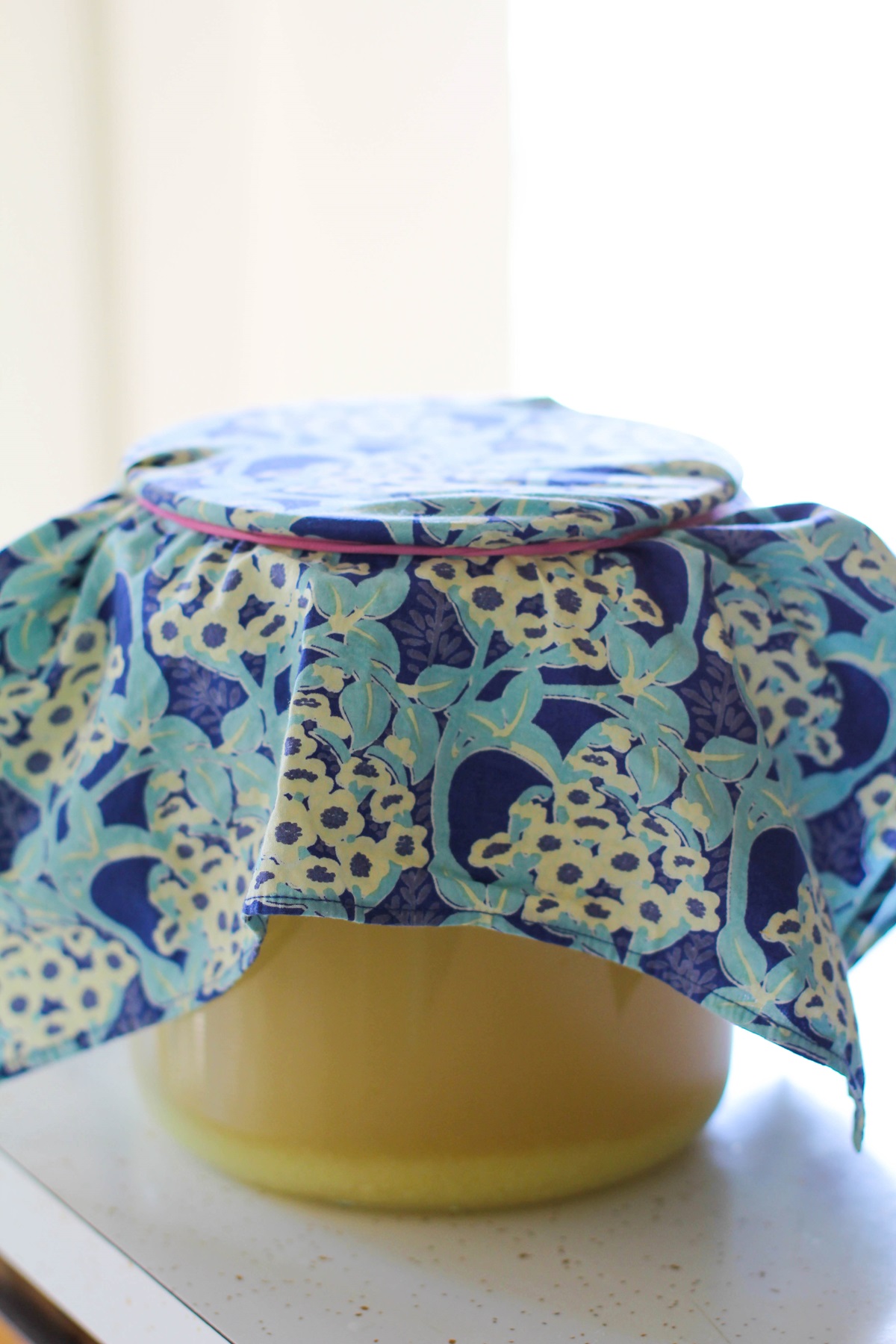
Taste-test the mixture periodically to see if more sugar needs to be added (the natural probiotics will eat the sugar so if the beverage ever loses all of its sweetness, add a little more sugar (no more than 2 tablespoons at a time), but be careful to not overload the probiotics, as they can die when given too much sugar.
Stir the mixture once or twice a day. You will notice a white substance forming around the ginger at the bottom of the jug.
This is the natural yeasts coming out of the ginger – it’s a good sign! There will also be large bubbles that form on the surface of the liquid.
The ginger beer is ready when the substance becomes bubbly when stirred (similar to when you’re making the ginger starter).
Once the ginger beer is ready, give it a taste test. If it doesn’t taste sweet, add additional sugar and ginger because once you bottle the brew, it goes through secondary fermentation and the probiotics continue to need to eat sugar.
At this point, your options are to either bottle the ginger beer as-is or flavor it prior to bottling it. See information on Secondary Fermentation and flavoring options below.
Pour the liquid (including the ginger pulp) into sealable bottles and set them in a dark room for 2 to 4 days. This process makes the ginger beer very fizzy.
The warmer the room, the faster the beverage gets fizzy, so open a bottle every day or so to check the fizz and level of sweetness.
Both the fizz and sweetness is up to your taste but be very careful to not allow the bottles to sit for too long because they most definitely will explode.
Place bottles in the refrigerator to calm the fermentation process. Note that the ginger beer will continue to ferment in the refrigerator, so try to consume the beverage within a few days after secondary fermentation is complete for best results.
Leaving it in the refrigerator for longer than a week will result in a “drier”, less sweet ginger beer.
You can now brew another batch of ginger beer using the ginger starter you have been feeding. Because your ginger starter is now more mature, it will take a little less time to brew your second batch.
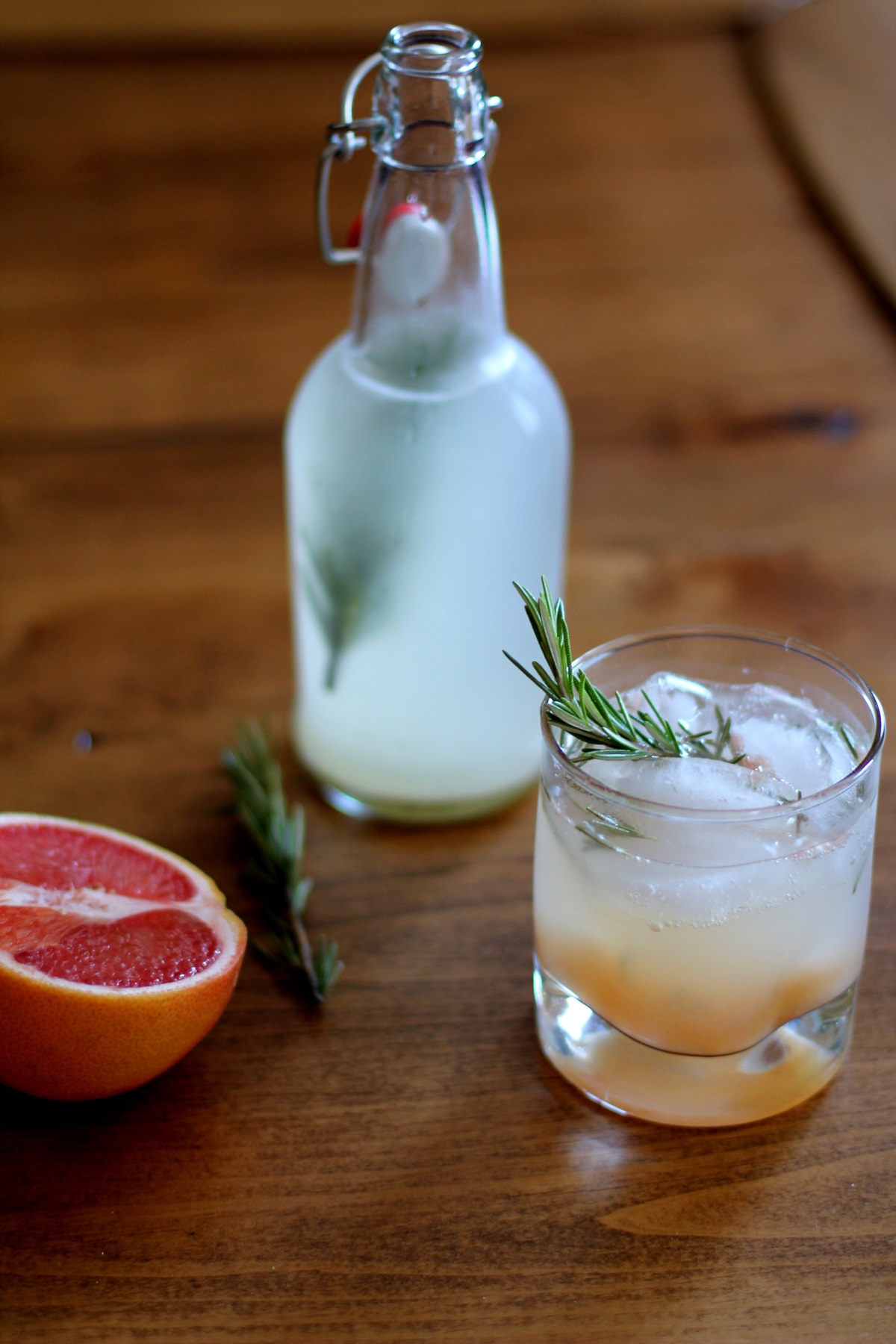
SECONDARY FERMENTATION
Once ginger beer is finished with its primary fermentation, you may add additional sugar and/or ingredients (see “Flavoring Ginger Beer” section below) to flavor it and allow it to go through a secondary fermentation.
The purpose of secondary fermentation is threefold: To achieve a fizzy beverage (it will get just as fizzy, if not fizzier than soda!), to make the drink even more probiotic-rich, and to give it delicious flavor.
FLAVORING GINGER BEER
Ginger beer is perhaps the easiest probiotic drinks to flavor because just about any type of fruit and/or herb goes wonderfully with ginger.
The fact that there is already a great deal of sweet and spicy flavor in ginger beer provides a wonderful canvas for incorporating other sweet, sour, tart or creamy flavors.
In this way, the added ingredients are typically what one tastes first when drinking the ginger beer, with the spicy ginger coming through at the finish.
You have a few options for adding ingredients for secondary fermentation. You can add fresh fruit juice, a homemade simple syrup infused with any flavor you like, or a fruit/herb sauce (similar concept to simple syrup).
If you’re adding fruit juice, simply add 1/4 cup to each glass bottle before filling them the rest of the way up with ginger beer. Secure the lids tightly and allow them to sit for 2 days. Immediately transfer to the refrigerator to slow the fermentation process.
Getting creative with fruit and herb combinations is brilliant when it comes to this drink and you are virtually guaranteed to end up with a delicious probiotic drink!
To make flavor ginger beer, choose your fresh fruit and/or fresh herbs.
Combine 2 cups of fresh fruit with ½ cup cane sugar and 1/3 cup water in a saucepan (Note: if you’re adding fresh herbs, do so here as well).
Bring to a full boil and cook until the fruit has softened. Allow mixture to cool completely. Once cool, divide it between the bottles you are using to bottle the ginger beer.
Fill the bottles the rest of the way up with ginger beer, seal tightly, and allow bottles to sit at room temperature for 2 days to undergo secondary fermentation. Transfer the bottles of ginger beer to the refrigerator and chill.
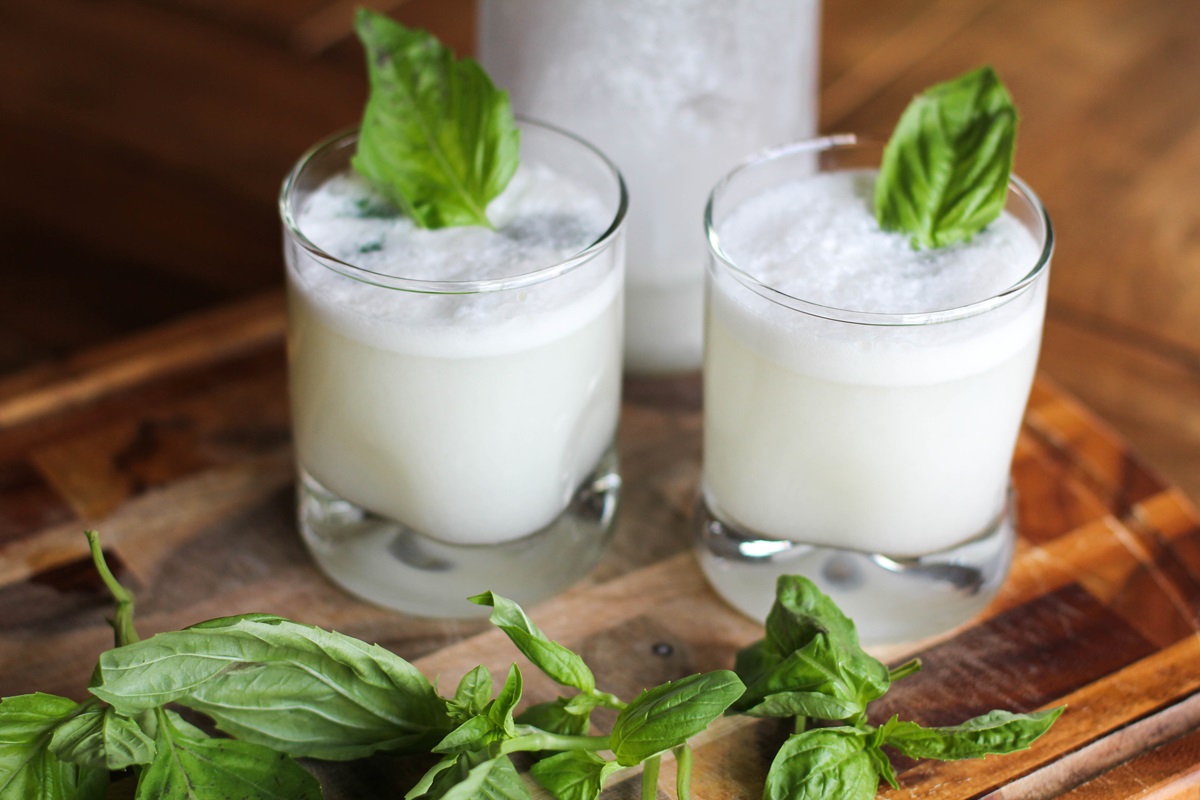
Flavored Ginger Beer Options:
Here are some of my favorite flavor combinations for ginger beer:
- Blackberry Sage (2 cups blackberries, 1/2 cup sugar, 1/3 cup fresh sage, packed)
- Grapefruit Rosemary (1 cup fresh grapefruit juice, 2/3 cup sugar, 3 sprigs rosemary)
- Coconut Basil (1 can full-fat coconut milk, 1/2 cup sugar, 1/2 cup fresh basil, packed)
- Blood Orange (1 cup fresh blood orange juice, 1/2 cup sugar)
- Raspberry Mint (2 cups fresh raspberries, 1/2 cup sugar, 1/2 cup fresh mint)
SHELF LIFE OF GINGER BEER
How long does homemade ginger beer last?
When properly sealed in bottles, plain ginger beer can last for up to one month in the refrigerator. For best results, drink within 2 weeks of brewing.
When ingredients such as fruit, are added to ginger beer, consume within 1 week for best results and keep in the refrigerator for up to 2 weeks. While ginger beer can last even longer than this, it is best to err on the safe side when it comes to probiotics.
A NOTE OF CAUTION
As is always the case with probiotic beverage, be cautious when opening a bottle after secondary fermentation as pressure builds and the drink will be fizzy. Never point a bottle at your face (or at any other person) while opening, and never hand a bottle to a child to open.
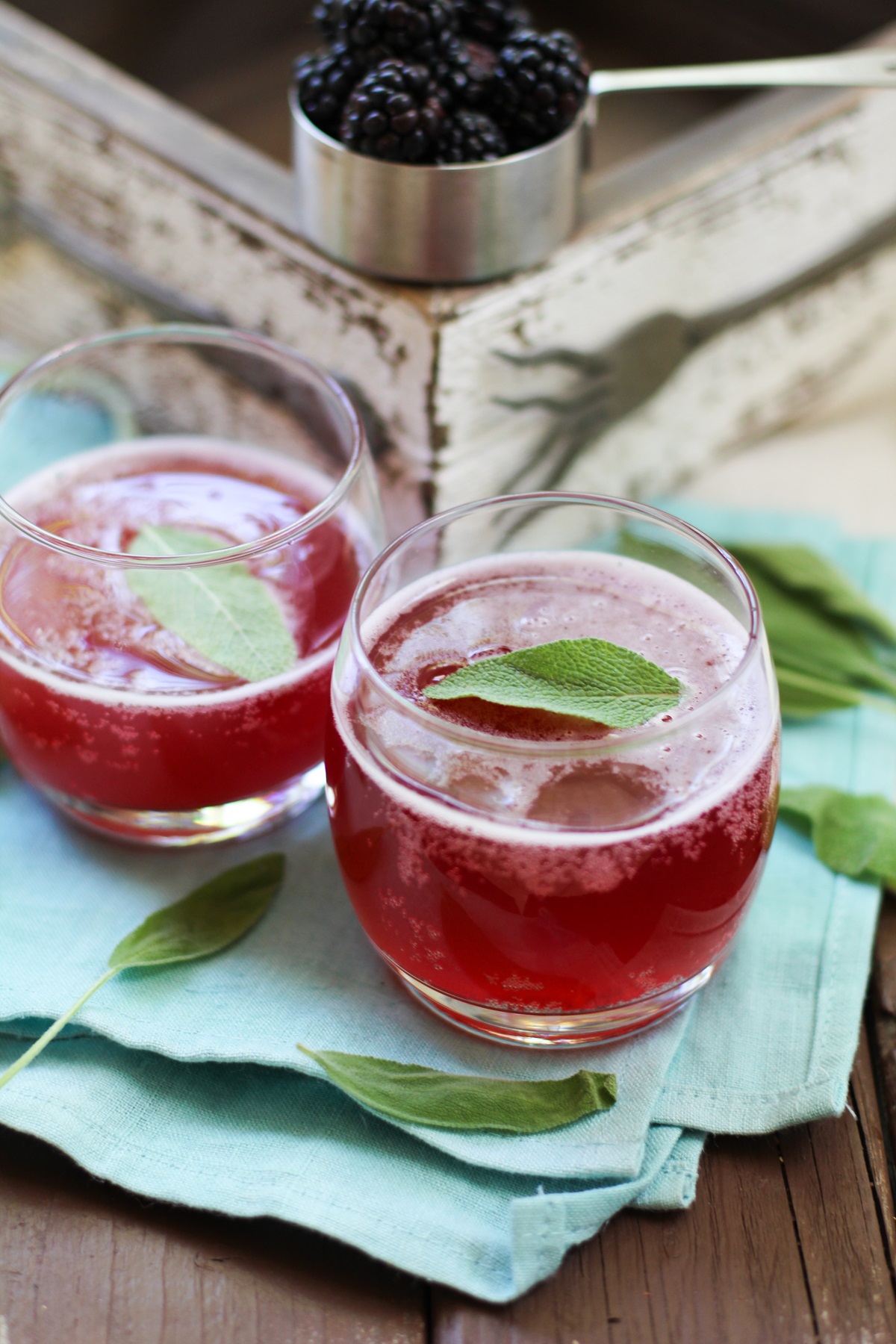
TROUBLESHOOTING
If it seems like either your ginger starter or ginger beer is taking a long time to come to life (get bubbly), don’t worry. This is likely the result of the temperature of your home, and it may just take some extra time.
As mentioned previously, if you want to expedite the process, wrap the jar in a heating pad and set it to a low temperature to keep the starter warm.
On the flipside, in rare cases, a ginger starter may be ready after only a few days. As long as bubbles are flowing from the bottom to the top, that is a sign the starter is rich in probiotics and is ready to be put to use.
Like many probiotic beverages, ginger beer is one of those that seems to be doing nothing for quite some time and then all of a sudden, it’s working.
At the end of secondary fermentation, if your ginger beer too dry (not sweet and very fizzy), this is because the yeast consumed all of the sugar that was in the bottle, leaving very little sweetness for you.
Some people prefer drier ginger beer, but if you prefer it to be on the sweet side, simply make sure you add additional sugar (either cane sugar, fruit, or juice) prior to bottling your next batch.
Did you pop open a bottle of ginger beer after 3 days of secondary fermentation and it wasn’t fizzy and it still tasted sweet? If this is the case, your ginger beer still contains residual sugar that needs to get eaten up by the probiotics. This is okay!
Simply leave the remaining bottles (if any) at room temperature to continue secondary fermentation. Because there was plenty of sugar in the beverage prior to bottling, it will simply take an additional day or two for the probiotics to consume the sugar and for the beverage to become fizzy.
How to Prevent Flat Ginger Beer:
To prevent flat ginger beer, be sure there are small bubbles that rise from the bottom to the top of the liquid prior to bottling it for secondary fermentation, as this is a sign of probiotic activity. Keep in mind that even if your ginger beer does not get fizzy, it is still full of probiotics and is great for you!
Wondering if Your Batch is Bad?
If at any point you find mold on the surface of your ginger beer while it is brewing, throw the whole batch out, even if it is only a tiny bit of mold. Ginger beer is easy to re-make (especially since you already have your ginger starter ready to go), and it is not worth sacrificing quality and health even if it is frustrating to have a failed batch.
Any Questions??
I hope this post will inspire you to make your own naturally fermented healthy ginger beer at home!
Be sure to check out my cookbook, Delicious Probiotic Drinks for more recipes for fermented beverages!
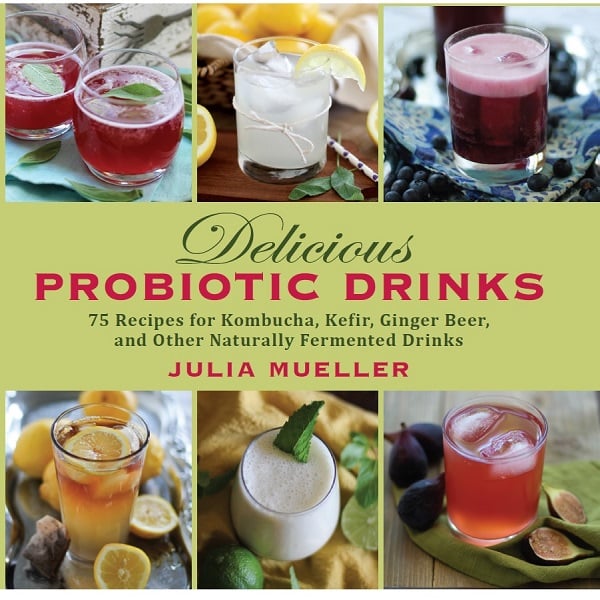
If you enjoy home fermentation projects, also check out my tutorial on How to Brew Kombucha.
Check out my latest cookbook, Paleo Power Bowls for nutrient-dense meal recipes.
If you make ginger beer, feel free to share a photo on Instagram and tag @The.Roasted.Root!
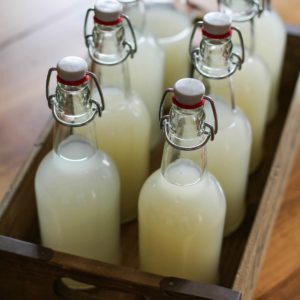
Probiotic Ginger Beer
Equipment
Ingredients
Ginger Starter:
- 1 (1-inch) nub fresh ginger, peeled and grated
- 1 Tbsp organic cane sugar
- 2 cups filtered water
Ginger Beer:
- 1 cup ginger starter instructions below
- 1 gallon filtered water or well water
- 1 1/4 cups organic cane sugar
- 1/2 cup fresh lemon juice
- 1/3 cup fresh ginger peeled and grated
Instructions
Prepare the Ginger Starter:
- Peel and grate a 1-inch nub of fresh ginger (about 1 tablespoon).
- Add the grated ginger, 1 tablespoon of sugar, and two cups of filtered water or spring water(non-chlorinated) to a jar and stir. Cover the jar with a cheesecloth or towel and secure it with a rubber band. Allow jar to sit in a dark place for 24 hours.
- Once a day for 4 to 10 days, add one teaspoon of sugar and one teaspoon of grated fresh ginger to the jar and stir well. This ensures your ginger starter stays fed and grows, similar to sourdough starter. Stir a couple of times per day. During this process, natural yeasts are released and create a white substance at the bottom of the jar. This is where the probiotics come from.
- After 3 to 5 days (longer if your house is very cold), the liquid will begin bubbling when you stir it. Once you can see and hear bubbles without touching the jar, your ginger bug is ready to be used. If after 7 days, your ginger bug is still not bubbling, continue adding a teaspoon of sugar and ginger until it does. Note that amount of time it takes to get a ginger bug active varies widely depending on the temperature of your home and the activity of the bacteria and yeast.
- Use the liquid from ginger starter to make ginger beer (instructions below).
Make the Ginger Beer:
- Fill a gallon-sized jug most of the way up with spring or well water (do not use water from the tap unless your house runs on a well). This water should be room temperature or slightly warmer (aim for 70 to 78 degrees).
- Stir the ginger starter well. Add 1 cup of the ginger starter, sugar, lemon juice, grated ginger, and the ginger starter. Stir very well. Cover the jug with a cheesecloth or towel bound by a rubber band and put it in a dark place at room temperature for 8 to 10 days.
- Taste-test the mixture periodically to see if more sugar needs to be added (the natural probiotics will eat the sugar so if the beverage ever loses all of its sweetness, add a little more sugar (no more than 2 tablespoons at a time).
- Stir the mixture once or twice a day. You will notice a white substance forming around the ginger at the bottom of the jug. The ginger beer is ready when the substance becomes bubbly when stirred (similar to when you’re making the ginger starter).
- Once the ginger beer is ready, give it a taste test. If it doesn’t taste sweet, add additional sugar and ginger – once you bottle the brew, it goes through secondary fermentation and the probiotics will need more sugar to survive.
- At this point, your options are to either bottle the ginger beer as-is or flavor it prior to bottling it. If you choose to leave the ginger beer as-is, simply transfer the ginger beer toglass bottles, secure the lids, and place bottles in the refrigerator.
- If you choose to flavor the ginger beer, add your flavoring ingredients to the flip cap bottles (see blog post for flavor ideas and instructions for secondary fermentation) prior to filling the bottles up with ginger beer. Secure the lids on the bottles and leave at room temperature for another 2 days.
- Place bottles in the refrigerator to calm the fermentation process. Note that the ginger beer will continue to ferment in the refrigerator, so try to consume the beverage within a few days after secondary fermentation is complete for best results. Leaving it in the refrigerator for longer than a week will result in a “drier”, less sweet ginger beer.
- You can now brew another batch of ginger beer using the ginger starter you have been feeding. Because your ginger starter is now more mature, it will take a little less time to brew your second batch.
Nutrition
This post contains affiliate links, which means I make a small commission off items you purchase at no additional cost to you.

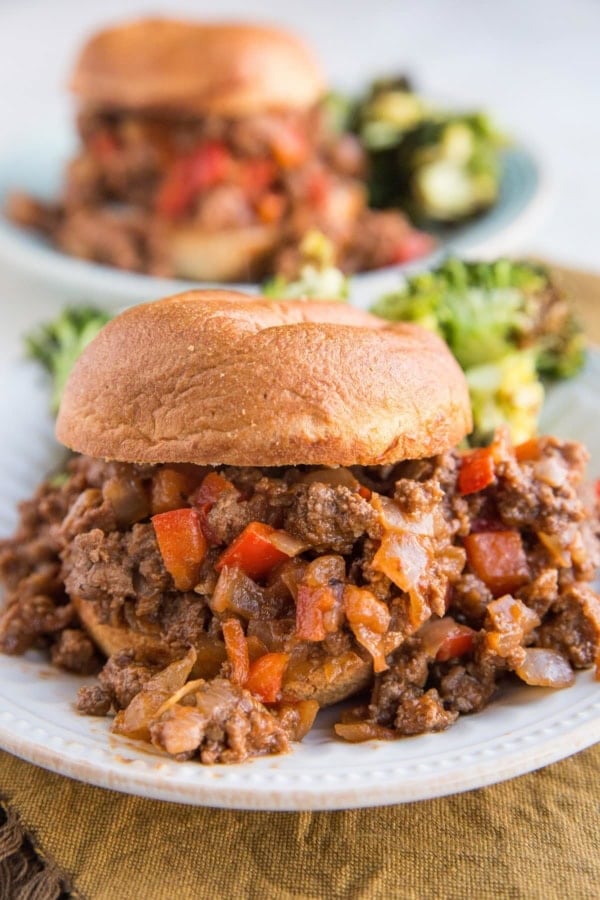
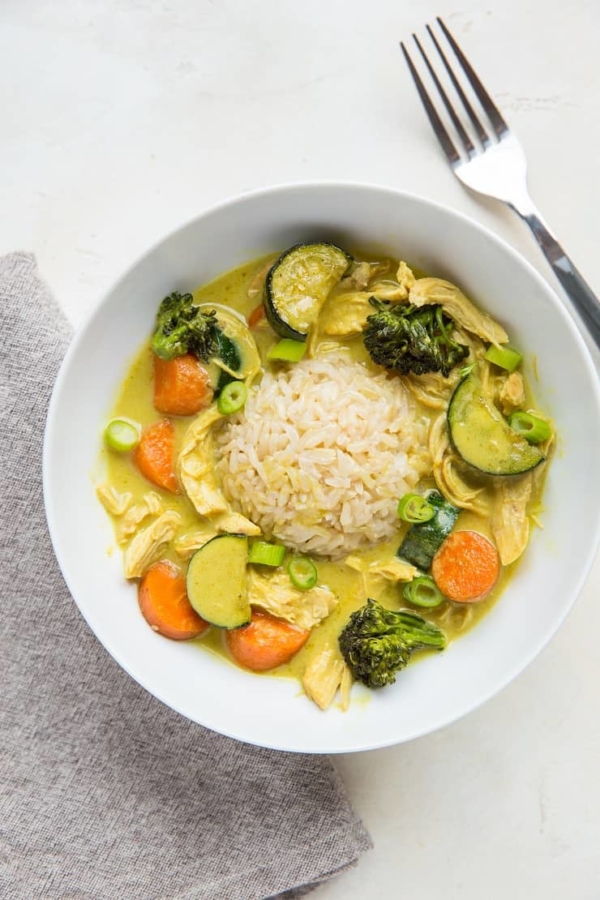
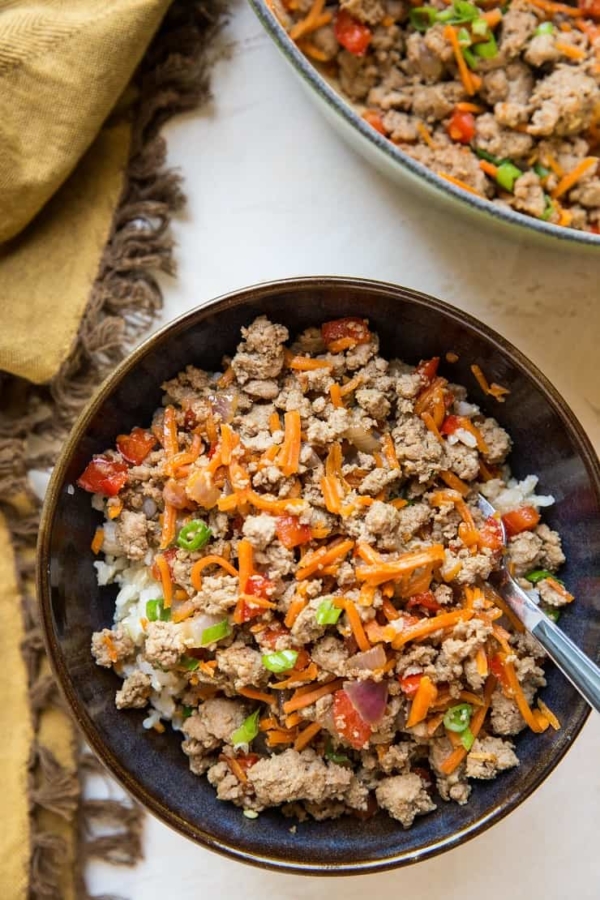
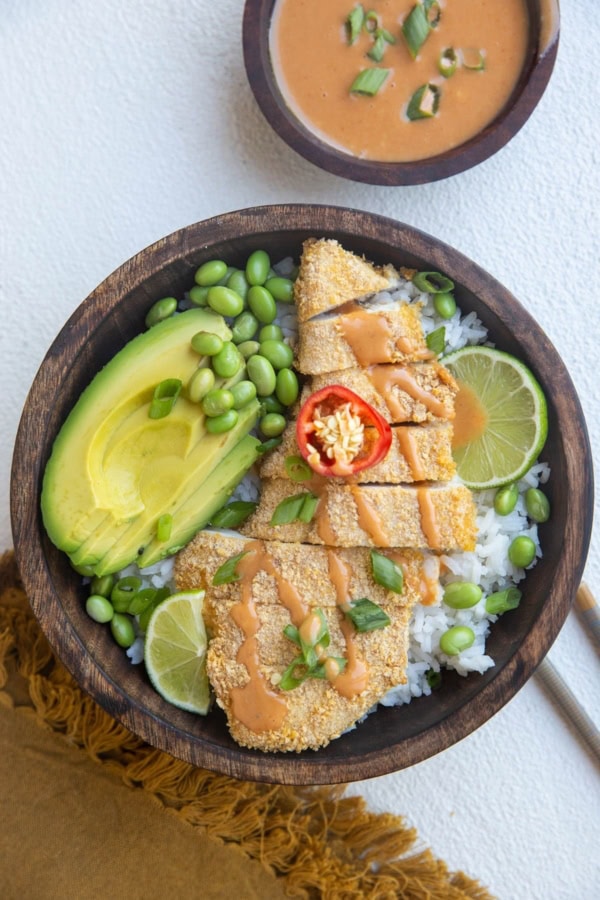









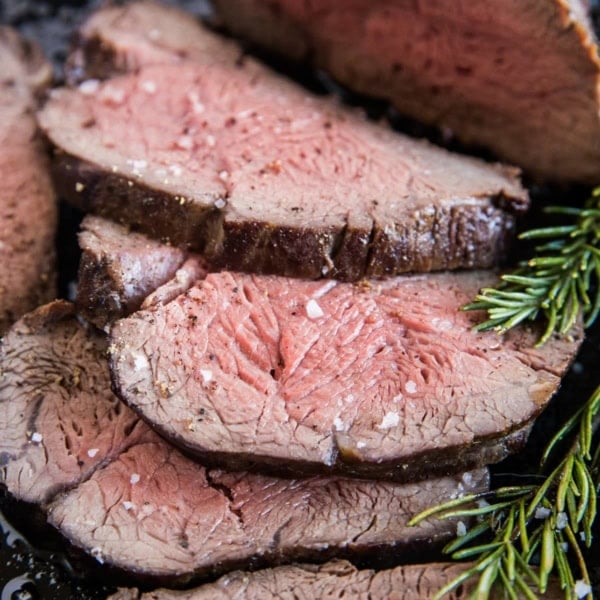
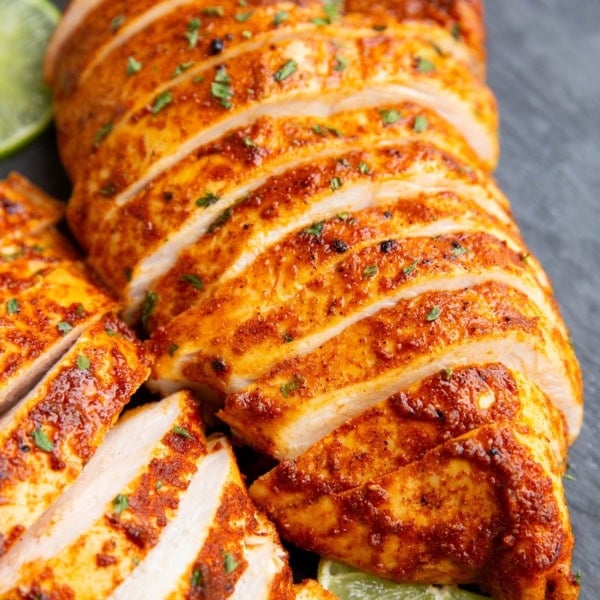
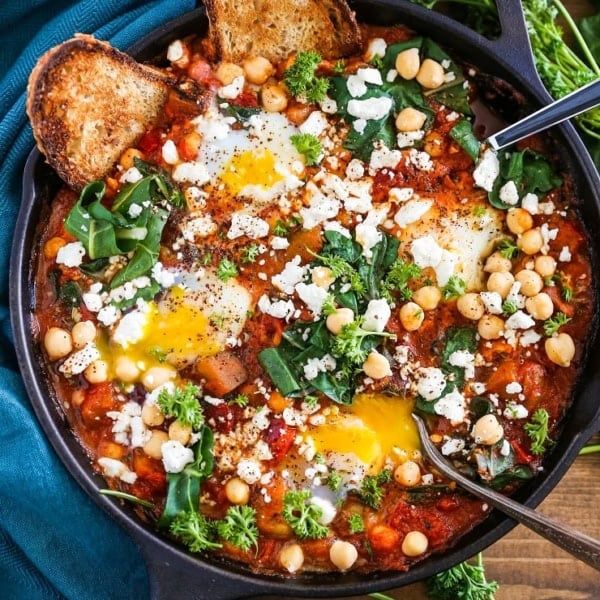
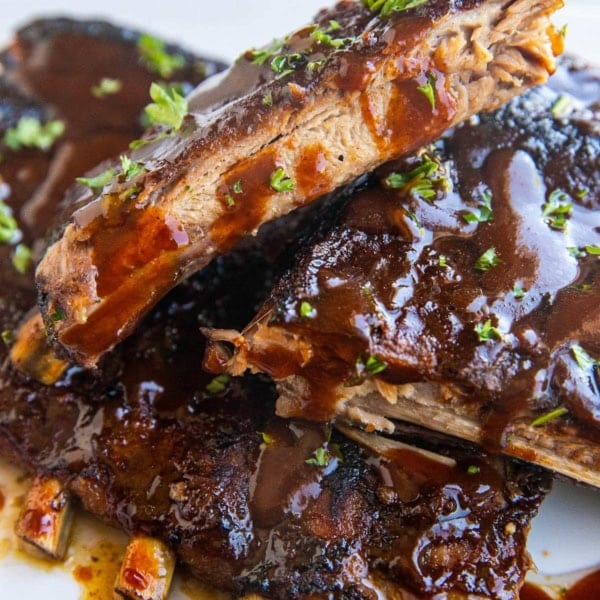
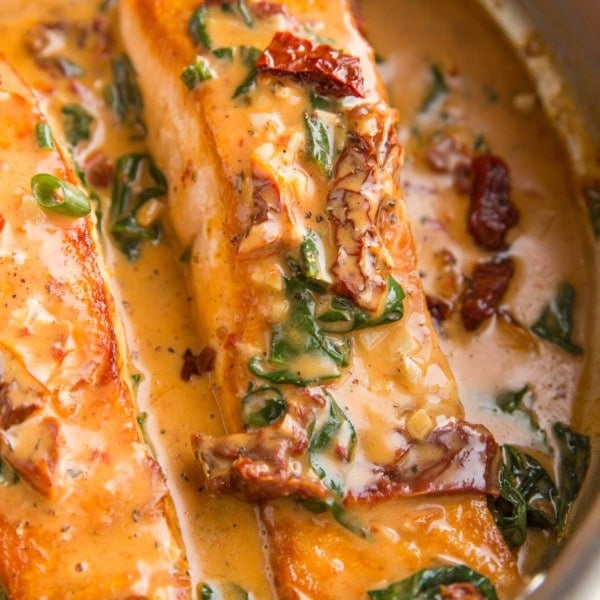
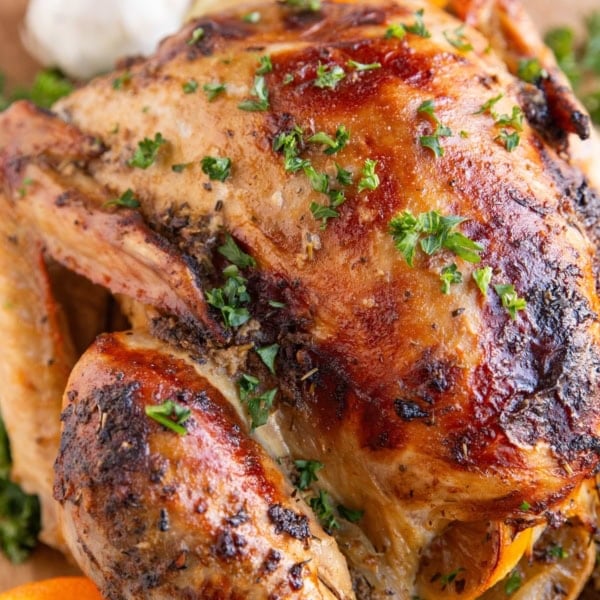
Hi! Most of the other ginger beer recipes that I’ve read, used only teas brewed with the ginger, and cooled, and yours uses fresh ingredients for the first fermentation. Is it because of the water? Do you not need to boil it first with spring water or well water? I’ve been making turmeric soda using the boil method (make a turmeric tea, and add ginger bug and sugar) but I want to try this method with turmeric, and I just wanted to make sure there isn’t a reason, that you know of, not to. I made your recipe and it seemed to come out much more fizzy than the other way with ginger. So good!
Hi Kelly! I leave the ginger raw because it contains probiotics and yeast. It could be that the other recipes you’ve seen rely just on native yeast (the yeast found in the air) to ferment the beverage. While this tactic works, I like allowing the natural probiotics within the ginger plant to thrive. The concept is similar to fermenting kimchi or sauerkraut. Hope this helps!
Help I need some advice:
I started making a ginger bug slightly over 7 days ago, my bug fizzles a little when I stir in te sugar and the grated ginger, but so far I haven’t noticed any bubbles. I have followed all the instructions precisely and my ginger is floating. I live in the Waikato of New Zealand and it is summer here; during the day outside it is around 27 to over 34 degrees Celsius. I have been leaving it on my kitchen bench, in a shallow plate with water in it to prevent the ants getting into my bug.
When can I expect to see bubbles?
Hi Lin! I think the fact that the ginger bug fizzles is a great sign of life! I would say it’s probably ready to be used based on the fact that there’s activity when it’s stirred. Happy brewing! xo
I love adding some chilli powder before second fermentation for the bite but am wary that the chilli may damage the probiotics…
That’s a great question. I don’t think the chili would damage the probiotics but I’ve never tried it myself so I’m not sure. What gives me confidence that it would be fine is there are several big name brands of kombucha that have a cayenne flavor. This leads me to believe the probiotics would survive just fine, but again I’m not too sure since I haven’t tried it 🙂
Love this recipe! Have you ever tried a fermentation lid on your starter?
Hi Crystal! I haven’t used a fermentation lid to cover my starter 🙂 I’ve always used the cheesecloth and rubber band method.
I have been so excited to make my own probiotic! My ginger bug reacted just as promised. I have my ginger beer in the gallon jug, sitting on top of my deep freeze, covered in a towel on the sides to keep it dark,because my house is cool. It’s warm there, but not too warm. I’ve been stirring it once or twice a day and a couple times I added a tablespoon of sugar. It has not fizzed yet after 11 days. It smells yeasty and good and tastes good. But no bubbles like the bug had.
1. Did I do something wrong? Do I have to wait till it bubbles or fizzes to bottle it? Does it take longer than 10 days sometimes?
My bottles are ready to fill but I’m not sure what to do.
2. I added a cup of purified water to the starter and have been feeding it daily for 11 days, but it has not yet begun to bubble again. It still smells good, like the beer in the gallon jar. I don’t know if I have done something wrong or not.
Will appreciate your help!
Hi Joni! Based on what you’ve described, it sounds like a healthy batch and you can bottle it any time 🙂 Some batches will turn out fizzier than others but if it’s tasting good, I’d say you’ve made a solid batch! I noticed some of my batches became fizzy after fermenting in the bottle, so it could be that your batch just needs to be bottled. I would add a little extra sugar or even some fresh fruit before bottling it, as I’ve noticed fruit pulp really helps activate the bacteria and yeast. Hope you enjoy! xo
Thanks so much for this post! I’ve tried twice to get a big and I thought I had one this last time, I could hear the bubbles when I made my first batch but now on day 3 it has have a white film on on top is this mold? Should I pitch it? Thanks for your help!! I’m so excited about making this!!!
The white film is probably indicative of growing probiotics and yeast, which is a great sign! Mold would look similar to bread mold – fuzzy blue/grey clumps. I would also give it the sniff test – if it smells fresh and inviting, your culture is good. If it smells foul and off-putting, I’d pitch it 🙂
I used the fermented ginger I strained out beer bottling and made ginger banana bread with it. Was yummy!
That sounds amazing! Thank you for sharing, Jenn!
Hi there,
thank you so much for sharing your amazing guide and recipe!!
Only think I am confused by is the amount of lemon for the Ginger Bug.
I have read through your guide, and you include lemons in the what you will not but not in the ginger bug ingredients, yet mention lemon being in the ginger bug starter!
Please let me know if I have missed a key note!
Best
Hi there! My apologies for the confusion! For the ginger bug, it’s just water, fresh ginger, and sugar. You’ll add fresh lemon juice once you brew a full batch of ginger beer using the starter. Let me know if you have any other questions! Happy brewing!
Does it matter what kind of glass bottle, like a swingtop that seals all the way? Do you need to vent it? Thanks!!
Hi Hannah! After bottling the ginger beer, you don’t need to vent it 🙂 I use flipcap bottles that create a tight seal. Let me know if you have any other questions!
Hi there! I’m also busy making this recipe. Now I’m wondering what this could be, there seems to be a thin white layer on top of my ginger beer. Could that be mold?
And what to do now? Should I cast away the mix and make a new one? I’ve tasted it though and it doesn’t seem to taste moldy or off…
Hi Klara!
If the substance is milky and white and doesn’t smell foul (like vomit), it’s likely a culture of native yeast or probiotics. This happens with sauerkraut as well (but in a large amount). I you see any fuzz or any discoloration – blue, green, yellow, black, etc – then it’s likely bad. Since you said it tastes fine, my guess is it’s probably just probiotics and yeast you’re seeing 🙂 Of course if you have any doubts along the lines, chuck it and start over. Better safe than fermenting something icky.
Two questions
1) Can one use honey instead of cane sugar?
2) Why does the added fruit juice need more sugar, rather than just the fruit juice, which naturally has sugar AND is going into the ginger beer, which also has sugar?
Thanks!
Hi Rae!
I haven’t tested the ginger beer using honey instead of cane sugar, but I suspect it will work.
Probiotics are living and need a certain amount of carbohydrate to survive and multiply, which is why more sugar is added in addition to fruit for secondary fermentation. You could do a secondary fermentation using fruit only but in this case I would only let it sit for an additional day so that the probiotics don’t die 🙂 Hope this helps!
My ginger bug fizzed up and bubbled day 2 and 3 but by day 4 and 5 all activity disappeared. There are no bubbles anywhere. I used only organic ginger, white sugar, and filtered water. I don’t know if I should start over or keep feeding it a tsp of sugar and ginger every day until it bubbles. I tasted the mixture and it tastes very sweet and gingery. There is no smell or taste of yeast or fermentation. Any ideas?
Hi Brian! Use the starter as soon as you see the bubbles. For some people, this will be on day 2-3, and for some, it can take up to 7 days.
My ginger bug is very thick and slimy. I have never done this recipe before but, have done a different one. And have never had it become thick and slimy. I made the next faze thinking it would be ok. I have been burping it for the last couple of days and it has a lot of fizz. So, I poured some. Still thick. Drank some. Barely sweet,and was slimy and thick. What did I do wrong?
Hi Bonnie,
Without having experienced the same situation, it’s difficult to say what happened. Thick and slimy could mean you grew a SCOBY, similar to kombucha, or it could mean the culture is contaminated. If it smells good, it is likely a SCOBY, but if it smells rancid, the culture is bad and you would need to start over. Nevertheless, I would aim for a starter that has the same consistency as water (isn’t thick/slimy) and use it as soon as bubbles start rushing from the bottom to the top. Hope that helps!! xoxo
Hi! I finally bottled my ginger beer and after two days it turned into a gusher! How can I prevent this from happening?
Hi Meghan! What do you mean by gusher? Did you bottle it in glass bottles and they exploded? Just want to be sure I understand what happened. Any details would be helpful! xoxo
When you use your ginger bug for the larger fermentation, do you keep the bug going by adding water to replace what you just took out? If so, how much? And the ratio of water to ginger + sugar?
Hi there! I personally don’t keep the ginger starter going and simply start all over when I want to make a new batch. You definitely can, though! As you suspect, you would replace the liquid you took out. Add 1 tbsp fresh grated ginger and 1 tbsp sugar, then feed it as you normally would on the following days 🙂 xoxo
Great post! You provided really nice, detailed instructions and pictures.
Question—if you don’t flavor the ginger beer before bottling, is there any reason you couldn’t just save some of the bottled ginger beer to start the next batch, instead of continuing to feed and using the ginger bug starter? (Like save a cup of the ginger beer, add more water, ginger and sugar and let it ferment.)
Because the ginger beer seems to be the same thing as the ginger bug, basically. To me, it would seem easier to do it that way, so you wouldn’t have to keep the ginger bug going.
Thanks!
Hi Jeff! You can definitely do that to keep the ginger beer going and continue making batches:)